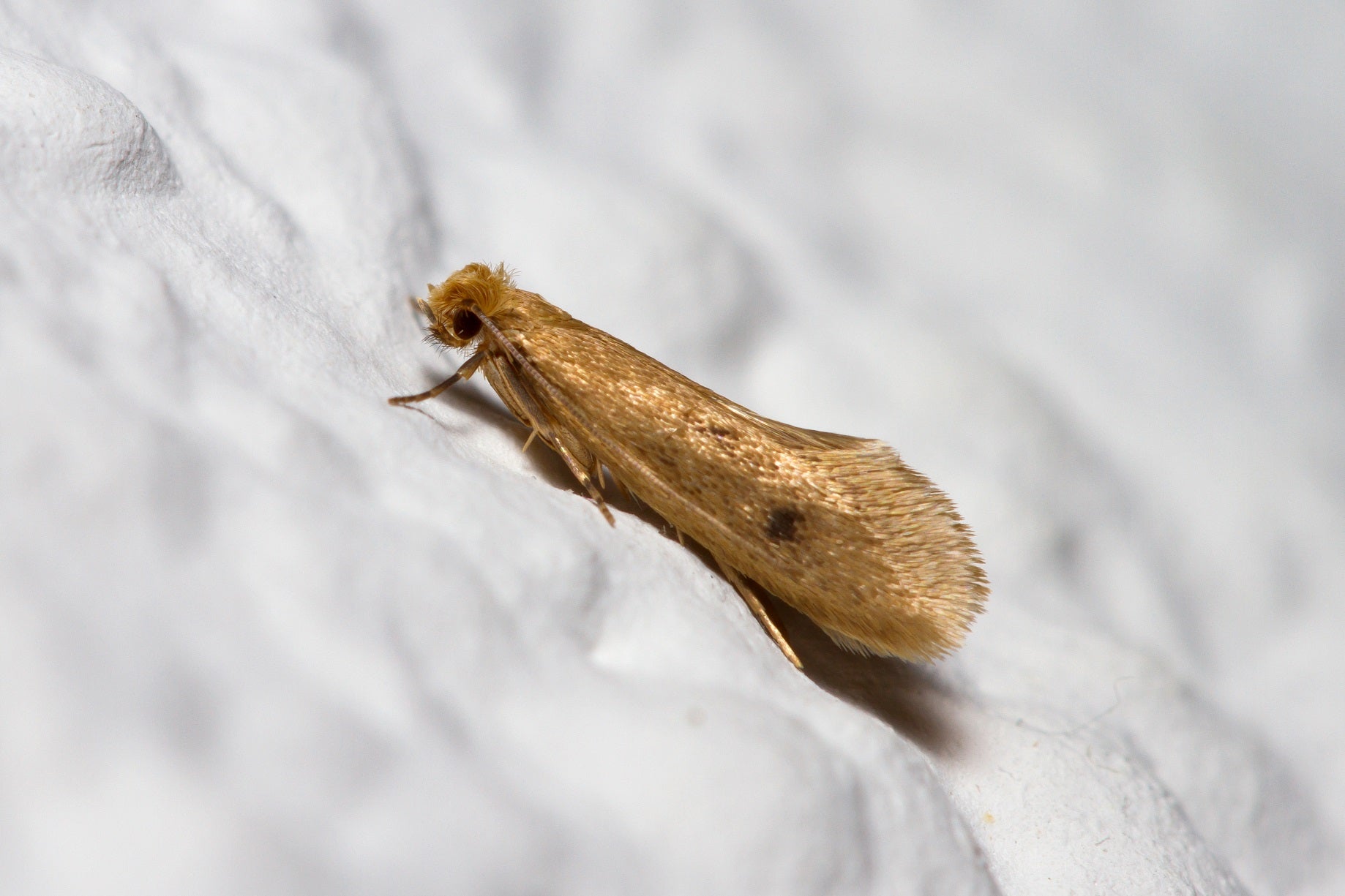Table Of Content

Moth larvae shun bright light, so they rarely attack frequently worn clothing (that regularly sees the light of day) or heavily trafficked parts of the carpet. They thrive in clothing that is packed away and sections of carpet hidden under furniture, especially if there are food spills or other attractive scents. • Pantry Moths will usually be, as the name suggests, in your pantry or cupboards, so that they can lay eggs in dry goods like flour or cereals. While migrating Millers are annoying, they do not generally cause damage to your home. However, Clothes Moths and Pantry Moths can both be incredibly detrimental to stored items like dry food goods or clothing. There are a few steps you can take to prevent moths from coming inside your house or getting rid of them if you already have them.
Mediterranean Pantry Moth
Southern populations may produce two or three offspring annually, whereas populations in the north only produce one. In April through September, look for active adults; in July through October, look for caterpillars. The bright yellow and black striped caterpillars defoliate the weed, helping reduce its vigor and spread. The 1/2 inch long adult moths are blackish-brown with distinct reddish bands on the forewings – giving rise to the common name of cinnabar, or vermilion. Maintaining healthy pasture composition and reducing bare spots minimizes ragwort encroachment and the need for control by this moth.

The Brown House Moth - A Homeowners Guide
They hover over flowers, their long proboscis sipping nectar, and are frequently confused with hummingbirds. Their favorite blooms are Petunia, Jimsonweed, and Cardinal Vine. Mass migrations take place prior to pupation, and females lay a large number of eggs in the spring, which occasionally causes caterpillar outbreaks. Clothes moths can be a problem all year round, but spring often sees a surge of moth activity. That’s because the warm weather encourages them to hatch out of their winter cocoons.
Getting Rid of Moths in the Closet
Males have a flared abdomen that gives them the appearance of a hovering hummingbird. This practice should remove eggs and larvae, which are so small, you probably won't be able to see them. In case you miss a few of the pests or their eggs, pack this clothing separately from laundered or dry-cleaned items.
Household Pests: Moths
These attract male clothes moths and, even though they don’t stop female moths from laying eggs, they disrupt the mating process. Brown house moths are considered pests in homes because of the damage the larvae do. The tiny white caterpillars feed on stored cereals, seeds, fabric, clothes, and leather.
Clothes/Carpet Moths
Isabella tiger moth lays its eggs on a diverse array of host plants, including grasses, asters, birches, clover, corn, elms, maples, milkweed, and sunflowers. In most of its range, two broods emerge each season, the latter of which pupates overwinter. Because of their similar web-spinning and foliage-eating habits, fall webworms are sometimes mistaken for eastern tent caterpillars. However, the eastern tent caterpillar looks completely different at both the caterpillar and adult stages. Also, the tent caterpillar has a more restricted diet, and sticks mostly to the crotches and forks rather than branch tips.
Here's when the miller moths might finally leave the Front Range - 9News.com KUSA
Here's when the miller moths might finally leave the Front Range.
Posted: Wed, 24 May 2023 07:00:00 GMT [source]
From there, they search for a dark, preferably humid, undisturbed space to lay their eggs. As their larvae love to feast on natural fibres, such as wool, silk and cashmere, our wardrobes are a prime attraction. If you've ever found holes in your favourite jumper or discovered pantry moths in your kitchen cupboards, you'll know how pesky these insects can be. We've done our research and rounded up the best advice and cleaning methods to prevent moths from entering your home, and solve the problem if they already have. They become a nuisance pest in homes when seeking out bits of fallen, overripe fruit indoors.
Clothes moths can be challenging to eradicate because they tend to lurk in dark, undisturbed places like the inside of closets. The signs of a clothes moth infestation could be small holes in woolen clothing, frass (insect excrement) that looks like pepper grinds, or molted skins. You may even discover the small white larvae or cream-colored eggs. You can get rid of pantry moths for good by always storing cereals, dried grain products, pasta, flour, and similar foodstuffs in airtight, sealable containers. Remember that a cereal box and the internal packaging is no match for pesky house moth larvae. The house moth is identified by its mottled brown color, a brown tuft of hair on its head, and fine grayish hairs on its wing tips.
Vacuum and clean regularly.
These types of moths don’t typically cause significant damage to textiles, but the larvae are known to scavenge on a wide variety of foods. These moths are omnivorous, consuming things like bran, grain, flour, and other cereals, as well as wool and other animal-derived fabrics. Putting infested clothing in the drier is another way to kill clothes moths for good. So, ensure the drier is at its hottest setting — over 120°F (48°C) is enough heat to kill fabric-destroying bugs. Then put the drier on for at least 30 minutes to get rid of the moth caterpillars. Freezing clothes is an effective treatment method to kill moth larvae.
Call an exterminator to rid yourself of chronic moth infestations. If you want to eliminate infestations and prevent them from coming back – once and for all – you should opt for professional pest control services. The technicians will be able to identify exactly what caused the infestation and will be able to eliminate all traces. Larvae leave holes in fabrics – which means that your clothes and furniture is at risk. The areas of your home where the moths linger may become contaminated with webbing and cocoons.
Using lavender to repel clothes moths is another old homemaker's trick. Sachets filled with lavender (and/or laced with its oil), when suspended in your closet or tucked into your drawers, are said to protect wool. Lavender will not, however, kill moth eggs or larvae, so be sure the space is free of them first.
Depending upon where they decide to feed, you could be forced to replace the flooring in your house or expensive furniture. Make your own natural repellantPlace dried rosemary, thyme, cloves, lavender or bay leaves into a small cloth bag and hang them in your wardrobe and place them in your drawers. You can also use essential oil and herb sprays on contaminated areas. The easiest thing to do to moth-proof your house is to keep doors and window screens closed tightly. In the end, the best way to deal with a horrible moth situation is to prevent it from happening in the first place. Just use the chart below to determine what type of moth problem you have.
The insects usually have two distinct pairs of wings, with each being covered in a type of scale. The eyes are very large and the proboscis of the eyes is coiled. It is important to understand that not all moths have a natural attraction to light. Once these insects find their way into homes, they are attracted to several products and several areas.

No comments:
Post a Comment